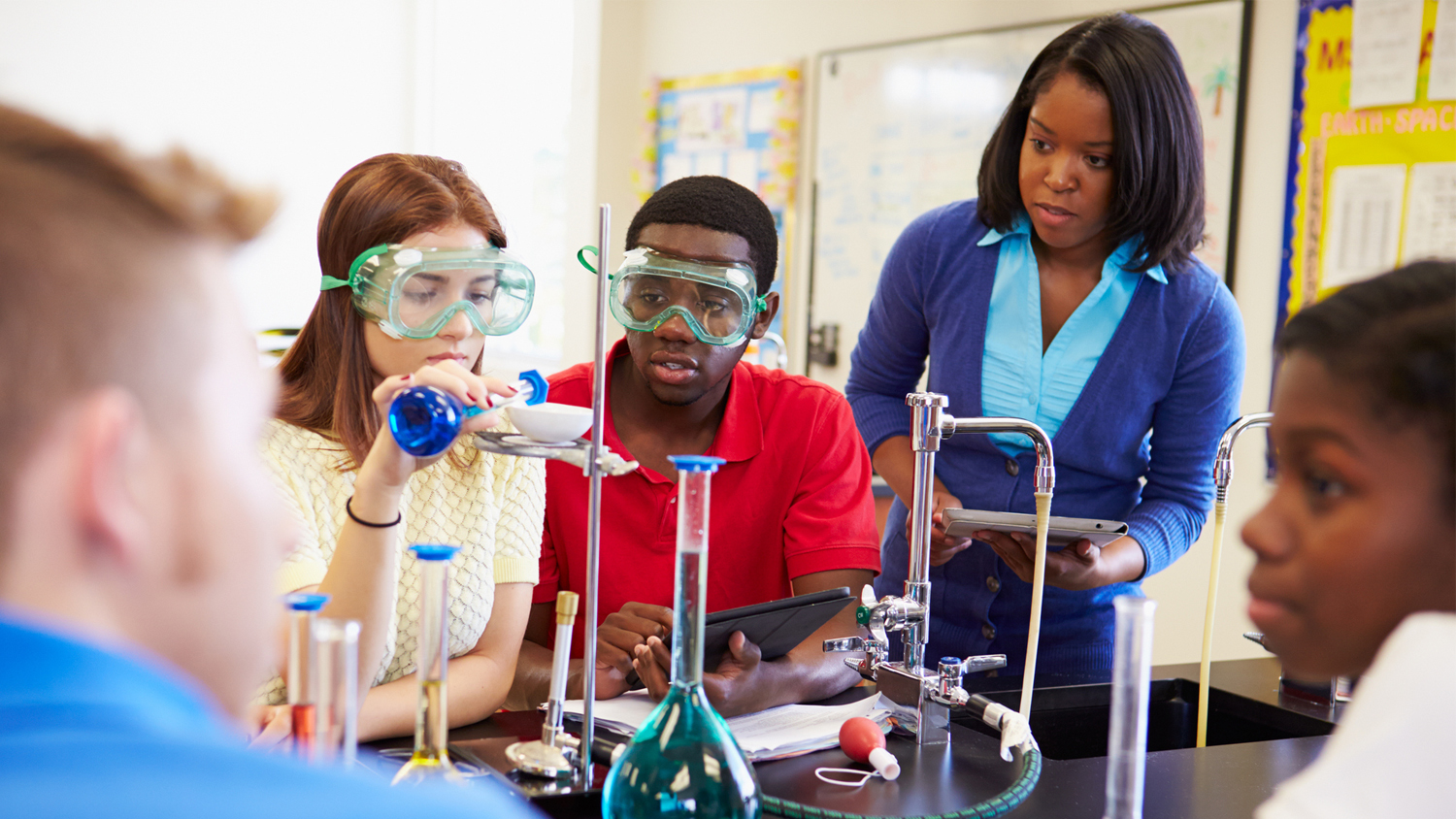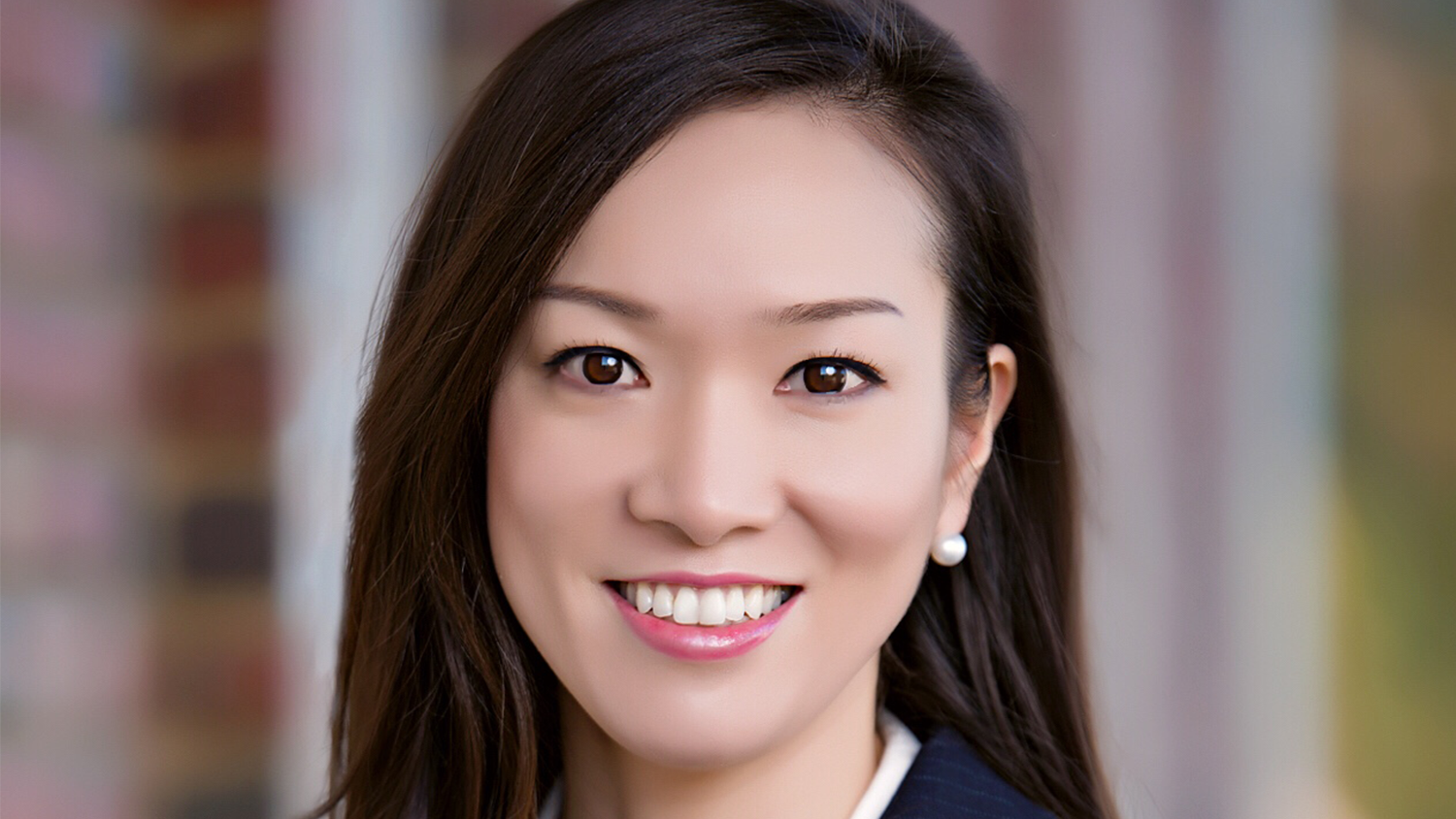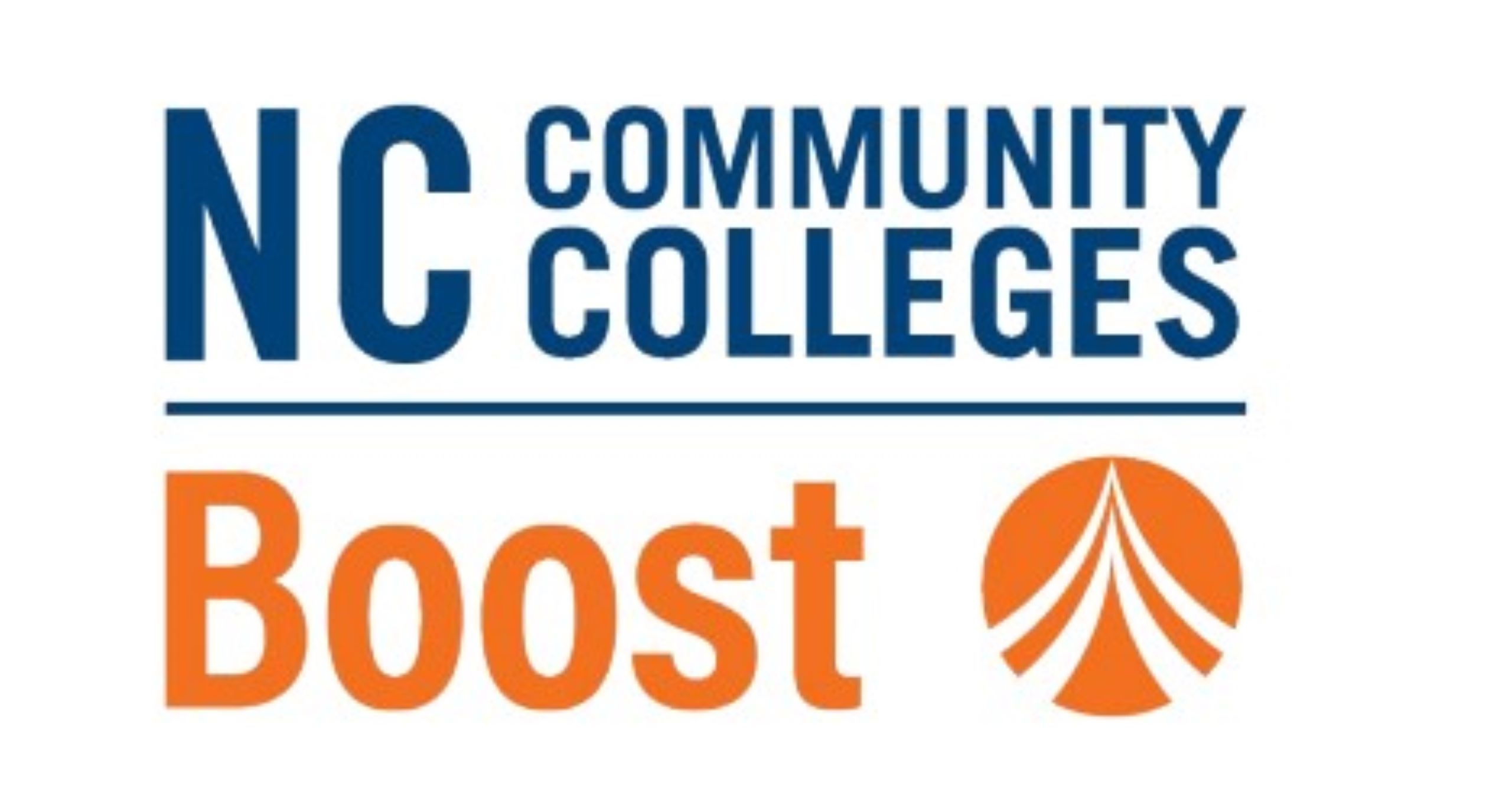Museum Volunteer Programs Could Play Important Role in Developing Pipeline of Much-needed Science Teachers, Says Study from College of Education Doctoral Students, Faculty

Museum volunteer programs could be a potential avenue for recruiting high school students into science teaching and communication careers, according to a recent study co-authored by Alumni Distinguished Graduate Professor Gail Jones, Ph.D., Associate Professor and Alumni Distinguished Graduate Professor Sarah Carrier, Ph.D., and students and alum of the NC State College of Education’s Learning and Teaching in STEM doctoral program.
Supported by a Catalyst Grant from the Friday Institute for Educational Innovation and the College of Education, Emma Refvem ’22PHD, Kathryn Rende ’22PHD and Megan Ennes ’19PHD worked with Carrier and Jones, also a senior faculty fellow with the Friday Institute, with the intent to explore how volunteer programs at a museum provided youth volunteers with opportunities to explore future science careers.
The study, Refvem said, produced some unexpected results, as data analysis showed that a significant number of participants noted an increased interest in science teaching and communication careers as a result of their time in the program.
“There is an important push for programs that develop science identity in students to increase access to STEM careers for students of all backgrounds. Out-of-school programs have been shown to be important spaces for that development,” Refvem said. “A career as a science teacher does not currently count as a STEM career, but it is important nonetheless. We noticed that there were important aspects of the museum volunteer program that allowed students to take on the role of scientist and educator, which aligned well with the way scholars are conceptualizing science identity.”
For the paper, entitled “The Next Generation of Science Educators: Museum Volunteers” and published in the Journal of Science Teacher Education, the co-authors analyzed interviews with 21 museum program volunteers.
The results show the participants believed that acting as a representative of the museum had a strong influence on their science recognition and provided an arena for them to be recognized by others as scientists and science communicators.
While most of the 21 participants said they originally enrolled in the museum volunteer program because they had an interest in science or animals, 55% left the program with an increased desire to teach in a K-12 setting.
“We have a huge need for qualified science teachers and if we can get youth that are also interested in science to think about a career in teaching, it could be a huge boost for our schools,” Jones said.
The museum volunteer program, the authors said, provided high school students with an authentic, low-stakes teaching opportunity that is difficult to find in a traditional classroom. In some cases, the ability to step into the role of an educator through this program gave participants an opportunity to discover that they possessed the skills and dispositions to be successful as a teacher, igniting their interest in a career in education.
Given this unexpected result, the paper argues that museum volunteer programs may be an untapped source of new science teachers, which is crucial as the country is facing a serious shortage of qualified science educators.
Data from the National Center for Education Statistics shows that 30% of middle grades students in the United States are taught science by a teacher who did not major in a science discipline and is not certified to teach science. For high school students, 15% are taught by an educator who lacks a certification in science.
In North Carolina, Jones said, the student population has grown by nearly 45% over the past 23 years, but the number of licensed science teachers grew by only 3.4%, leaving 41% of North Carolina students without a qualified science teacher.
Understanding how informal science settings, like the museum volunteer program, can help develop education identities and career interests, the paper states, can help to create a new pipeline for developing science teachers, particularly if direct teaching components can be incorporated into future programs.
“I’m very interested in developing programs that could bridge high school students to teacher licensure and teacher education programs by engaging students in learning to share science with the public,” Jones said. “I would love to see this be a regular part of teacher recruitment so that students can get the benefit of the museum environment and interaction with professional educators, and early mentoring so we can better support them.”
Refvem and Rende, who both work as graduate research assistants at the Friday Institute, said that they hope their findings can help to inform the development of future out-of-school science programs to give more students an opportunity to develop an early identity as a teacher while engaging in authentic science.
They are currently building on these findings through research that examines what motivated people to choose a career in science teaching. So far, they are finding that experiences working as teaching assistants, tutors or museum volunteers were highly influential in a person’s ultimate decision to become a teacher.
“Giving more spaces for students to engage in those activities will help them see themselves teaching in the future and will allow us to attract students to teaching who entered a program because of their love of science,” Refvem said. “This can help develop teachers who are good at science as well as scientists who are good at teaching and communication.”
- Categories:


